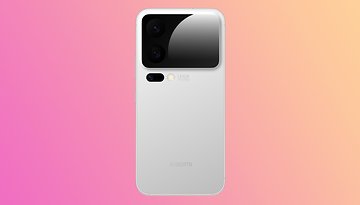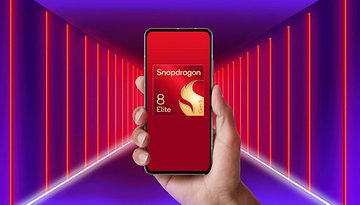Snapdragon 8 Gen 2 is official: The Android SoC to beat in 2023
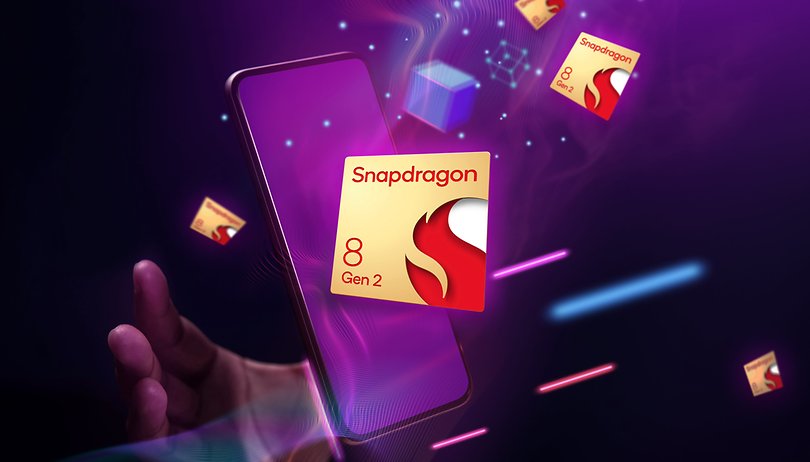

Read in other languages:
Far from being the best-kept secret in the world, Qualcomm unveiled its flagship SoC for 2023. The Snapdragon 8 Gen 2 processor packs the most powerful cores and technologies available in the Android market and promises to equip a tsunami of smartphones next year, while also announcing better performance and energy efficiency. However, will it be enough to ward off the looming MediaTek threat?
As expected, Qualcomm opened the first day of its Snapdragon Summit in Hawaii by announcing its most powerful mobile processor. Following the Snapdragon 8 Gen 1 rebranding in 2021, the new SoC is known as Snapdragon 8 Gen 2—or "Snapdragon® 8 Gen 2 Mobile Platform" if you want to please their marketing and legal departments.
After this year's surprise jump from Samsung Foundry's 4LPE process in the Snapdragon 8 Gen 1 (SD 8g1 from now on) to TSMC's more efficient N4 process in the 8+g1, it is no surprise that the 8 Gen 2 is fabbed in the same N4 process, ensuring the best balance between performance and energy consumption in the Android market, and competing on equal footing with the MediaTek Dimensity 9200 rival.
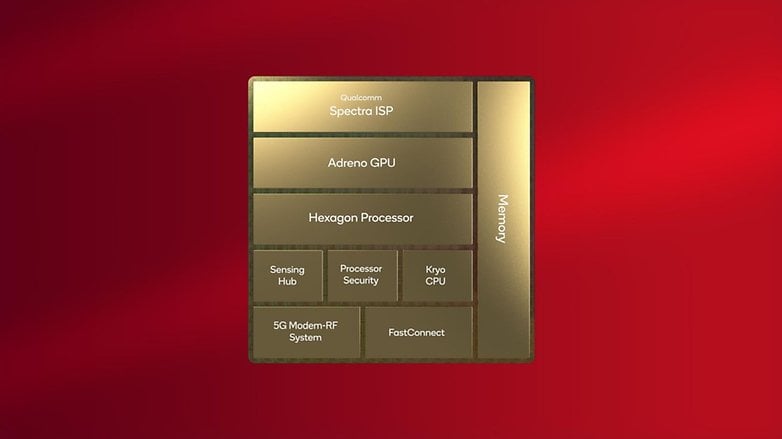
Faster cores with a different layout
Speaking of Dimensity, while MediaTek followed the traditional 1+3+4 core structure which featured a split between super-fast, performance, and efficiency cores, Qualcomm threw a curve ball and went for a 1+2+2+3 structure. The Snapdragon 8 Gen 2 pairs the Cortex-X3 prime core with a cluster of two Cortex-A715 plus two Cortex-A710 performance cores, and three Cortex-A510 cores.
The result should be better multicore performance, especially in processing heavy tasks, but it remains to be seen how energy consumption will be influenced by that unorthodox choice. Anyway, Qualcomm announced an uplift of up to 35% in general performance, while promising almost 40% better power efficiency.
| Snapdragon 8 Gen 2 | Snapdragon 8 Gen 1+ | MediaTek Dimensity 9200 | Google Tensor G2 | |
|---|---|---|---|---|
| Prime core(s) | 1x Cortex-X3 @ 3.2 GHz | 1x -Cortex-X2 @ 3.2 GHz | 1x Cortex-X3 @ 3 GHz | 2x Cortex-X1 @ 2.85 GHz |
| Performance cores | 2x Cortex-A715 @ 2.8 GHz 2x Cortex-A710 @ 2.8 GHz |
3x Cortex-A710 @ 2.8 GHz | 3x Cortex-A715 @ 2.85 GHz | 2x Cortex-A78 @ 2.35 GHz |
| Efficiency cores | 3x Cortex-A510 @ 2 GHz | 4x Cortex-A510 @ 2 GHz | 4x Cortex-A510 @ 1.8 GHz | 4x Cortex-A55 @ 1.8 GHz |
| Memory | DDR5X-8400 4x 16-bit @ 4200 MHz (67.2 GB/s) |
DDR5-6400 4x 16-bit @ 3200 MHz (51.2 GB/s) |
DDR5X-8533 4x 16-bit @ 4266 MHz (68 GB/s) |
DDR5-6400 4x 16-bit @ 3200 MHz (51.2 GB/s) |
| GPU | Adreno (8g2) Vulkan 1.3 Hardware ray tracing |
Adreno (8g1) Vulkan 1.1 |
11x ARM Immortalis-G715 Vulkan 1.3 Hardware ray tracing |
7x ARM Mali-G710 Vulkan 1.2 |
| ISP | Up to 200 MP (Spectra) |
Up to 200 MP (Spectra) |
Up to 320 MP (Imagiq 890) |
n/d |
| Cellular modem | 5G (sub-6GHz+mmWave) (Snapdragon X70) |
5G (sub-6GHz+mmWave) (Snapdragon X65) |
5G (sub-6GHz+mmWave) |
5G (sub-6GHz+mmWave) (Exynos 5300) |
| Wireless connectivity | Wi-Fi 7 Bluetooth 5.3 (FastConnect 7800) |
Wi-Fi 6E Bluetooth 5.2 (FastConnect 6900) |
Wi-Fi 7 Bluetooth 5.3 (Filogic) |
Wi-Fi 6E Bluetooth 5.2 |
| Manufacturing process | TSMC N4 (4nm-class) | Samsung (5-nm class) | ||
It may be worth mentioning that the announced improvement in performance is noticeably better than the one Qualcomm promised from the Snapdragon 888 (2020) to the 8 Gen 1 (2021), which was 20% and was often cut short in NextPit's reviews due to many cases of thermal throttling.
Shiny new graphics core
Another Snapdragon 8 Gen 2 highlight is the new Adreno core—Qualcomm stopped naming their cores for quite some time, unfortunately—although sharing the same name as the last year's core, the one on 8 Gen 2 packs updates all around. It starts with Vulkan 1.3 support (up from 1.1 in 8g1), and most importantly, hardware ray tracing support.
The latter promises to improve supported games with better lighting and shadows, reflections, and more, putting Snapdragon 8 Gen 2 mobiles in feature parity with videogame consoles, and importantly, with the rival Dimensity 9200 and its ARM Immortalis GPU.

Having RT support in mobiles partly solves the chicken-and-egg issue of not having ray-traced games in mobile due to the lack of hardware support—currently found only in the Euro-spec Galaxy S22 and its RDNA2 GPU—but it remains to be seen whether game companies will invest time and manpower to add a new feature that is only found on a small number of flagship phones.
Probably more important than ray tracing support, Qualcomm promises up to 25% better graphical performance and up to 45% better power efficiency. The company also announced support for Unreal Engines's Metahuman framework for realistic characters and a curious feature called "OLED Aging Compensation", which presumably keeps track of the dimming organic diodes and balances brightness and colors in the OLED panel.
During the Summit, Qualcomm showcased a raytracing tech demo with RT on and off, highlighting the difference the feature makes on lightning, shadows, and the overall scene realism:
Connectivity upgrades with Wi-Fi 7
Even the wireless connection department received its share of new standards. The Snapdragon 8 Gen 2 includes the FastConnect 7800 core, which not only includes Bluetooth 5.3 in dual mode, it also adopts the yet-to-be ratified Wi-Fi 7 standard — which is also found on the rival MediaTek SoC.
As usual with new Wi-Fi standards, you will require a compatible access point to enjoy the "wire-like" latency. Qualcomm tried to differentiate the 8 Gen 2 by offering its High Band Simultaneous (HBS) technology, which not only allows the device to work with (you guessed it) two different connections to a single access point (AP) like how link aggregation works for cellular networks. This offers the option to connect to an AP and an accessory, such as VR/AR/MR glasses, at the same time.
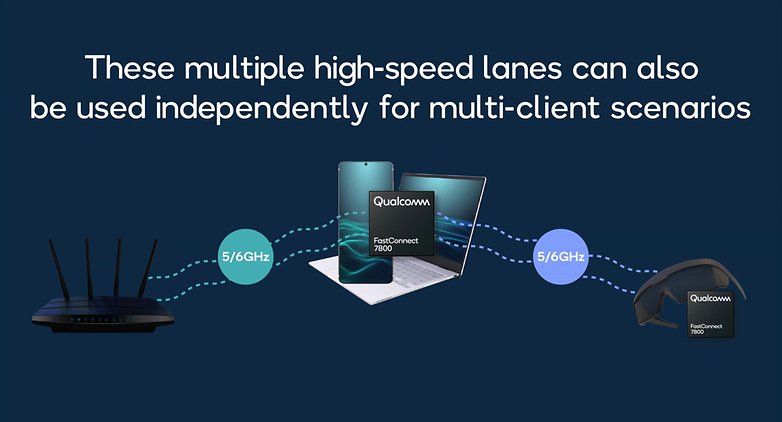
On the 5G side, Qualcomm touted its AI advantages presented during MWC 2022 but highlighted a couple of new features on its Snapdragon X70 5G modem: 4x carrier aggregation downlink to offer even higher (theoretical) download speeds and dual SIM dual active mode for 5G, allowing both SIM cards to be connected simultaneously via 5G and not having to drop one to 4G or 3G.
Smarter every day
Not only will cellular connectivity get smarter, but the entire Snapdragon 8 Gen 2 promises more intelligence everywhere. Beginning with a revamped Hexagon NPU/DSP, the core block was promoted in such a way as to receive a dedicated power delivery system, It may look simple at first glance, but it ties well with the (scarily sounding) "always sensing camera" system and other sensors that require non-stop processing.
Qualcomm announces a 2x performance gain in AI-related sensor tasks and up to 4.35x jump in general AI processing, due in part to the new INT4 precision type, that allows supporting apps to process twice as many models within the same time in comparison to the (still supported) INT8 type. Qualcomm one-upped Google and promised the ability to translate voice chats in real-time to more than one language.
One of the announced uses for the new feature is faster image processing—with the help of the new Spectra image signal processor (ISP)—allowing the camera to detect layers separation and apply blur effects faster than before. On the topic of ISP, the Spectra core received a real-time segmentation filter, that can be paired with an object detection filter to apply custom filters on the scene.
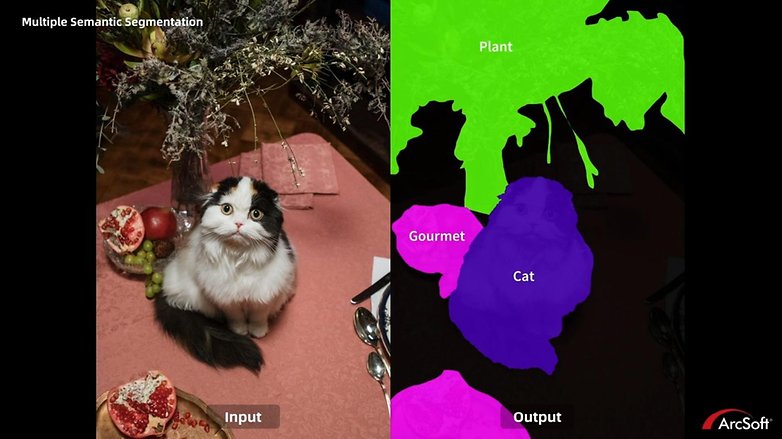
In a demonstration given by Qualcomm, it was capable of detecting elements such as plants, foods, and animals, as the Snapdragon 8 Gen 2 ISP can highlight different elements on the scene depending on what type of user—foodies, plantspersons, and of course cats.
Context-aware camera
Speaking of image processing, the camera system not only is aware of elements on the scene, it is now tuned to the latest imaging sensors released by both Sony and Samsung, including the Isocell HP line and their 200 MP sensors.
The Spectra ISP keeps the theoretical support for up to 200 MP photo capture and triple 36 MP video capture at 30 FPS (single camera at up to 108 megapixels), which is the same as on the previous generation. But it finally adds support for the AV1 codec for decoding of up to 8K at 60 frames per second.
Snapdragon 8 Gen 2: Release date and availability
As usual for an SoC launch, Qualcomm highlighted a slide with many (known and unknown) smartphone brand logos and mentioned briefly that the first smartphone to be powered by the Snapdragon 8 Gen 2 should be announced by the end of the year, without going into any further details.
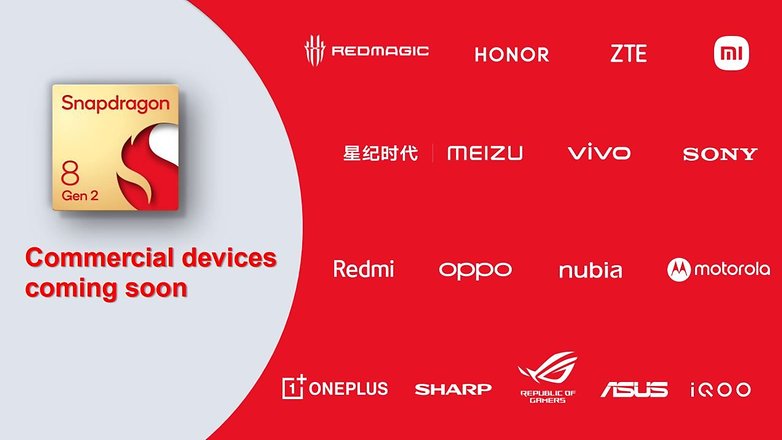
Looking at the past two years, we can make an educated guess and presume it will be the next Xiaomi flagship smartphone—probably named "Xiaomi 13" if the company doesn't get all superstitious about it. The reason for that is the fact that Xiaomi debuted both the Snapdragon 888 and 8 Gen 1 in the Xiaomi Mi 11 and 12 lines, respectively.
Despite the increasing pressure from MediaTek since it returned to the flagship SoC arena, the Dimensity 9000 saw a small number of design wins in the West, being largely restricted to smartphones for the Chinese market. So it remains to be seen whether the new Dimensity 9200 will make an impact in the flagship market.

Qualcomm, on the other hand, seems well positioned to not only supply its large number of customers but also get a bigger pie of the Galaxy S line, as covered already here on NextPit, with hints that the Galaxy S23 line will ditch the Exynos SoCs in favor of a global rollout of Snapdragon-equipped phones.
After a rather disappointing 8 Gen 1 launch and the small jump in performance—soured by the many overheating problems—we are cautiously optimistic regarding the new 8 Gen 2. But with a novel take on the CPU cores, the TSMC N4 node, and a bigger focus than ever on AI capabilities, there are many signs to believe that 2023 will present a much better SoC for the flagship market.
Source: Qualcomm









